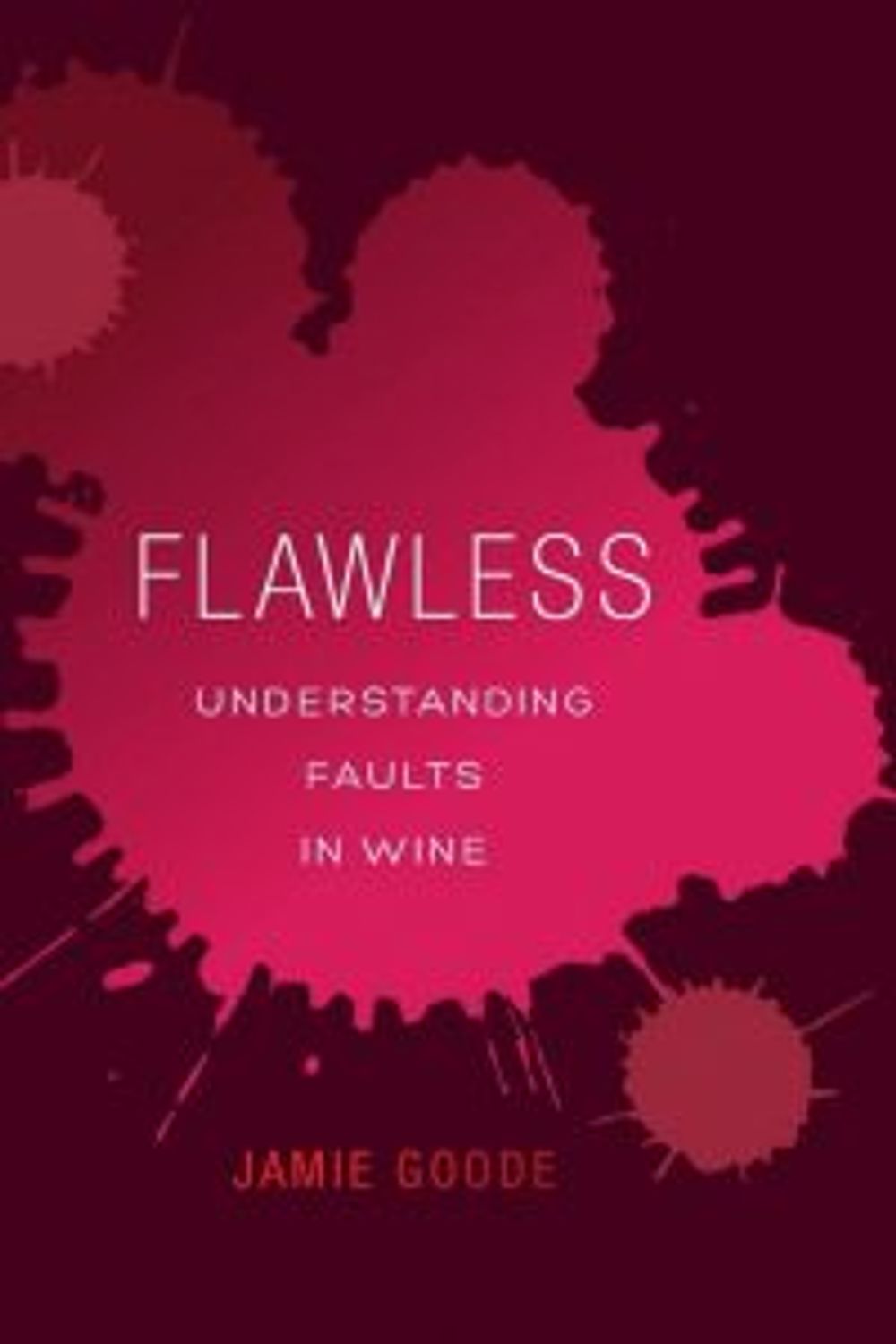Because of the high proportion of wines under screw cap many sommeliers in Australia and New Zealand have never had to deal with cork taint.
Where are you and what have you been up to this summer?
Right now I’m in New Zealand, staying for a couple of weeks in the Marlborough wine region at the top of South Island. This summer has been full of travel: judging wine in Canada’s Okanagan Valley, a tour of four Irish cities doing Beaujolais seminars, a trip back to Canada for the Cool Climate Chardonnay Conference in Ontario, and a tour of New York State’s wine regions.
Your latest book, Flawless, comes out this week; what made you want to write a book about wine flaws?
I think the whole topic of wine faults is a key one for the wine industry. It’s a subject that’s widely misunderstood. Of course, there are some wine faults that are easy to spot, and when you spot them they are always a problem, such as cork taint or mousiness. But other faults are more complex, and a matter of interpretation.
Is it a comprehensive guide or have you left some flaws out because they are so rare?
It’s pretty comprehensive, but there are always one or two bizarre wine faults that are vanishingly rare, and so I didn’t try to be totally comprehensive. There’s also a distinction between wine faults and wine taints. I’ve included some taints (where the problem comes from outside the winemaking process, such as smoke taint or cork taint) because for most people these are included as faults – at least when they are experienced in the wine. There is obviously no end to wine taints!

Jamie Goode: “I think it’s crazy to look for perfection in wines, as it is in people. Beauty includes flaws. Beauty isn’t the absence of flaws.”
Who is the book aimed at?
The book is aimed at the wine trade and the very keen consumer. It’s more about a discussion that we need to have in the trade, and so it is niche. Now that I’m in charge of faults as one of my duties as co-chair of the International Wine Challenge, I’m experiencing first hand the fact that there’s still some confusion, and some debate, within the trade on this topic.
Can all wine flaws be proven scientifically or are some in the ‘eye of the beholder’?
You can measure the concentration of fault compounds in a wine, of course. But flaws are really only flaws when they ruin someone’s enjoyment of a wine. People differ in their thresholds to various fault compounds, and in different wine contexts the detection and recognition thresholds for these compounds will differ. And we are not measuring devices, no matter how well trained we are in tasting wine. That’s not how human perception works.
Which flaws would you say are most open to subjective interpretation?
The obvious example is reduction (volatile sulfur compounds) in Chardonnay. It’s now quite common for winemakers to seek to get a little bit of matchstick reduction (from methanethiol) because in the context of a good Chardonnay it can add a lovely mineral-like framing to the wine.
But in other contexts, reduction – especially hydrogen sulphide – is something that’s usually considered a problem. There are also interesting discussions about low-level Brettanomyces, which can add a savoury complexity to red wines.
What’s the wine flaw that’s hardest to detect?
I’d say mousiness, because you can’t smell it. It’s only when the wine has been in your mouth for a few seconds that you detect it. But once you’ve spotted it, it’s very hard to drink the wine. Yet a third of people don’t get it at all, which makes this one quite tricky.
Are wines flawed if they have, say, volatile acidity or brettanomyces, if the winemakers intended then to have those as part of the wine’s style?
I think intention is important here. If it is the intention of the winemaker, then it’s a style choice, and it’s up to the taster to say whether they like the wine or not.
Has the ‘natural wine’ movement led to wines being more flawed or less?
It’s a good question. I think that some natural wines do display fault characters, but much less often than you’d expect considering that almost all are fermented in the absence of added sulfites.
I think that the madness of the picking-late and using loads of new oak in the 1990s in order to get high scores from US critics led to far more undrinkable wines than the natural wine movement ever did!
Are wines with ‘make-up’ flawed in your opinion?
Yes, they are less than they could be. Everyone is free to like the wines that they like, but in my view, the first duty of a wine is to taste of its place and be authentic. After all, this is what makes wine special. Strip this away and we are entering the realm of flavoured alcoholic beverages.
Is there such a thing as a perfect wine?
No. I think it’s crazy to look for perfection in wines, as it is in people. Beauty includes flaws. Beauty isn’t the absence of flaws.
What are the top six flaws that a sommelier has to be familiar with (in order of importance)
Cork taint (don’t laugh, many young winemakers in Australia and New Zealand have rarely ever seen this!)
Mousiness
Brettanomyces
Reduction
Oxidation
Geosmin
What was the last bottle you sent back in a restaurant for having a flaw?
A cork-tainted wine in a small bistro in Sancerre.
Has a sommelier ever argued the toss with you about whether a wine is faulty or not?
Yes, at the bistro in Sancerre. The sommelier took the bottle back, and instead of replacing it came back with a friend as back up to try to convince us the wine was fine. It was a stinker. In the end, we stuck to our guns and got a replacement, without having to say ‘do you know who you are dealing with?’ But it was an ugly scene.
Screwcap or cork?
Screwcap for inexpensive wines, cork for fine wines. Some wines just taste better under a good cork, although cork taint is still an issue and I hate it. But things are getting better.
You’ve just made a meal for a dinner party. You’ve made a mistake, that isn’t going to make anyone ill but it’s still an error. Do you fess up or wait for them to find it?
Fessing up early is usually the best policy in life. Lies seldom save you, and almost always make things worse.
Flawless: Understanding Faults in Wine is published on September 7 by University of California Press. You can buy a copy by clicking here
































